The 2019 Royal Life Saving Drowning Report was released this month and it’s a crude and shocking reminder of the lives lost and the lives left behind forever morning their loved ones to a preventable death.
860 drowning incidents occurred in Australia 2018-2019.
New South Wales recorded the highest record of fatal drowning deaths, 98.
It’s not a number. These are people.
Tragically 276 fatal drownings and a further 584 experienced a non fatal drowning which could result in brain damage and/or long term disabilities according to the Royal Life Saving Drowning Report 2019.
19 of those lives lost were children aged 0 – 4 years and based on the above statistics a further 40 children would have been hospitalised.
That’s a BUS full of kids, or
Over 4 x Rugby League teams, or
2 x FULL kindergarten classes.
The main activity prior to drowning for children aged 0 – 4 years is FALLS INTO WATER which usually happens in SWIMMING POOLS.
This could be at
- Home backyard pool
- Friends or Relatives
- Neighbours
- Family Day Care
- Public pool
- Resort/hotel pool when on holidays
Any of the above locations require ACTIVE ADULT SUPERVISION 100% of the time when children are IN or AROUND water.
However, consider this common scenario:
- You’re at a friend’s house who has a backyard pool. Adults talking in the kitchen having a cup of tea and kids safely playing in the bedroom or lounge nearby.
- Children decide they want to play outside. They gain access via an unlocked or open door or climb through a pet door. A fun game between friends. They work together and carry a plastic chair to the pool fence. One climbs on the chair, reaches the latch, pulls, unlocks and opens the gate. Both toddlers now have access to water in UNDER 60 seconds.
- Parents start to think the kids are quiet and look around the house…..
It’s happens that quickly.
If your child could recover from a fall into water, roll from their front to the back and remaining in a floating and breathing posture for 60 seconds it might give that parent enough time to realise they are not inside the house and check the pool. Hopefully to find their child calmly, safely floating face up in the water.
Yes, other barriers to entry are necessary. But this skill is the last barrier. The last option for your child. If they did not have this skill, the last option would be finding your child face down. And a child face down, lifeless and blue is another statistic.


